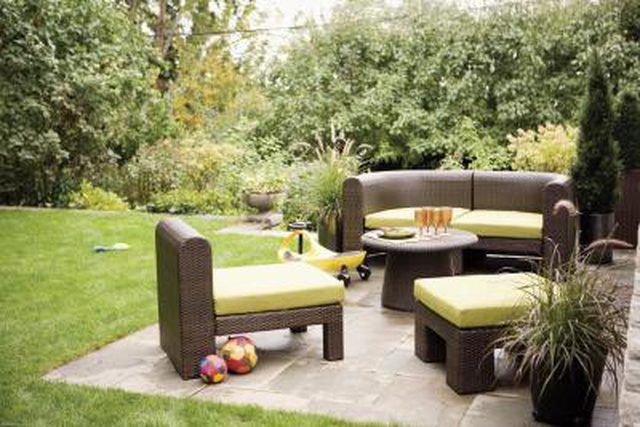Bulbs
Flower Basics
Flower Beds & Specialty Gardens
Flower Garden
Garden Furniture
Garden Gnomes
Garden Seeds
Garden Sheds
Garden Statues
Garden Tools & Supplies
Gardening Basics
Green & Organic
Groundcovers & Vines
Growing Annuals
Growing Basil
Growing Beans
Growing Berries
Growing Blueberries
Growing Cactus
Growing Corn
Growing Cotton
Growing Edibles
Growing Flowers
Growing Garlic
Growing Grapes
Growing Grass
Growing Herbs
Growing Jasmine
Growing Mint
Growing Mushrooms
Orchids
Growing Peanuts
Growing Perennials
Growing Plants
Growing Rosemary
Growing Roses
Growing Strawberries
Growing Sunflowers
Growing Thyme
Growing Tomatoes
Growing Tulips
Growing Vegetables
Herb Basics
Herb Garden
Indoor Growing
Landscaping Basics
Landscaping Patios
Landscaping Plants
Landscaping Shrubs
Landscaping Trees
Landscaping Walks & Pathways
Lawn Basics
Lawn Maintenance
Lawn Mowers
Lawn Ornaments
Lawn Planting
Lawn Tools
Outdoor Growing
Overall Landscape Planning
Pests, Weeds & Problems
Plant Basics
Rock Garden
Rose Garden
Shrubs
Soil
Specialty Gardens
Trees
Vegetable Garden
Yard Maintenance
How to Lay Out a Square Area
How to Lay Out a Square Area. Laying out a square area for a garden bed or another project can be achieved by applying the 3-4-5 rule. The objective of this method is to have all four sides of the square of equal length and all four corners 90-degree right triangles. The sides of the square can be any length, but the legs measured for the right...

Laying out a square area for a garden bed or another project can be achieved by applying the 3-4-5 rule. The objective of this method is to have all four sides of the square of equal length and all four corners 90-degree right triangles. The sides of the square can be any length, but the legs measured for the right triangle must be multiples of 3, 4 and 5. Itís not as complex as it sounds. For instance, a garden bed can be 10 feet square, but the triangle to square it is either three-by-four-by-five-feet or six-by-eight-by-ten-feet. Larger triangles yield more accurate results.
Things You'll Need
Flags
4 wooden stakes, 24 inches tall, 1 inch by 1 inch
Hammer
Tape measure
String
Permanent marker
Helper, optional
Choose the site where you want to lay out a square area. Hammer a stake into the ground about where each of the four corners will be on the square. Be sure to measure between stakes so they are all equal distance apart. For this example, measure 10 feet from the first stake to the second and on around the square with all being 10 feet apart.
Tie a mason string around the top of one of the the stakes, and call this "stake B." Run the string down one side of the square to another stake: stake C. Tie it off near the top. Run it from stake B down the other side of the square to the other stake -- stake A -- and tie it off to the top.
Measure 6 feet from stake B toward stake C. Mark this point on the string using a permanent marker.
Measure 8 feet from stake B to stake A. Mark this point on the string using a permanent marker.
Measure the diagonal between the two points you marked on the string. The tape measure will form a right triangle with the strings. It should be precisely 10 feet on the tape measure from string to string. Pull up either stake A or B, not both, and move it inward or outward so the length of the diagonal is 10 feet. Having a helper move the stake while you watch the tape makes this task easier. You may also need a third person to hold the other end of the tape measure. When the string is at 10 feet, re-hammer the stake into the ground. Re-check the measurement after the stake is set.
Move to stake C and repeat the process for forming a right triangle at each of the remaining three stakes. When you have formed a right triangle at each corner youíll have a square bed.
Tips & Warnings
After you have measured out your square, you can spade in well-defined edges on a flower bed by tying a second string at ground level on the stakes to act as a guide. Re-check the right angle measurements to ensure accuracy before you begin to dig.
When hammering, keep fingers out of the strike zone and wear eye protection to avoid injury.